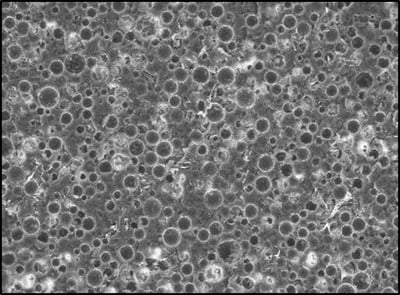What is Syntactic Foam?
Syntactic foam is a class of material created using pre-formed hollow spheres (commonly made of glass, ceramic, polymer or even metal) bound together with a polymer. The “syntactic” portion refers to the ordered structure provided by the hollow spheres. The “foam” term relates to the cellular nature of the material. Thanks to its unique properties of high strength at low density, syntactic foam has become widely used in subsea buoyancy applications. Syntactic materials are resistant to the combined effect of hydrostatic pressure and long-term exposure which make them ideal for oceaneering projects such as cable and hardball floats and instrumentation support. They also provide strength and structural integrity at a significantly lower weight per volume than most traditional materials which make them an attractive choice in many defense and civil engineering applications. Other examples abound, including MacroCore™, our advanced composite syntactic for demanding core applications. The toughened macrosphere matrix provides far greater stiffness, strength, impact and shock properties than standard core materials. It is ideally suited for composite-to-metal joints, a well-documented area of concern in all composite structures. As a closed cell structure, the core easily processes in all composite applications including vacuum bag, RTM, and pultrusion without increasing overall density.
Feel free to browse our website for video case studies, data sheets, density charts, and other FAQ. You can also contact us directly with application-specific questions.


